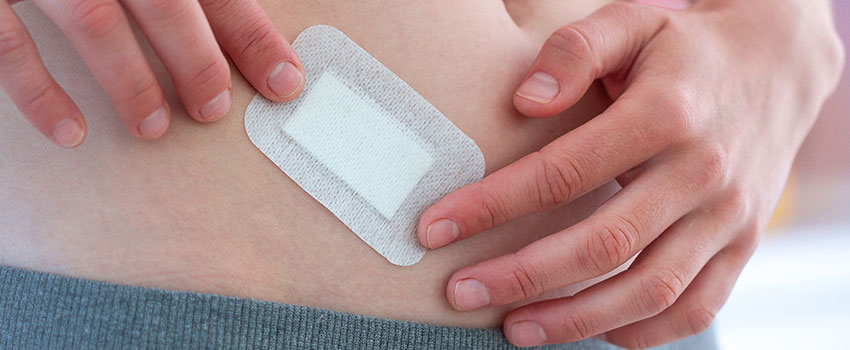Some Basic First-Aid Tips for Cuts and Lacerations

Have you recently accidentally cut yourself or has your child scraped up his or her knee on the ground? If so, it is certainly helpful to know how to care for your wounds before deciding whether or not further medical care is needed.
Our AFC Urgent Care Indian Trail team is here to help walk you through some basic first-aid tactics, so keep reading!
Here’s what to do: First, wash your hands with soap and water for at least 20 seconds before interacting with the wound. This will help you avoid infecting the cut or laceration.
What to do next: Stop the bleeding by applying gentle pressure on the cut. Minor cuts and scrapes usually stop bleeding on their own, but deeper lacerations don’t. Use a clean bandage or cloth and elevate the wound until the bleeding stops, and if it doesn’t stop in 10 minutes, seek medical care.
What to do after: Clean the wound by rinsing it with water. Also, be sure to wash around the wound, but not directly on the wound, with soap. Additionally, remove any leftover dirt or debris with sanitized tweezers.
After that: Dress the wound by applying a bandage or gauze held in place with paper tape. Dressing and covering the wound keeps it clean. If the injury is just a minor scrape or scratch that has quickly stopped bleeding, leave it uncovered.
Next: If the cut is small, apply petroleum jelly or an antibiotic ointment, like Neosporin. Using these things will help prevent scarring and infection and encourage quicker healing. If your cut or laceration is deeper, however, it’s best to simply keep your wound dressing fresh.
Action steps to take: For deeper cuts or lacerations, change the dressing often to keep it fresh. This will ensure that the laceration or wound is given the optimal conditions to heal.
Doctor recommendations: If your laceration is more than half an inch long or deep, has ragged edges or is open so wide that you can’t get the edges together with a minimal amount of pressure, it will need to be stitched up. Don’t wait to visit our AFC center!
Lastly: Watch for signs of infection. Things like red streaks around the wound, increasing pain, a fever of 100 F or more, pus and swelling are signs that the cut is infected, so visit our AFC center immediately if this happens.
For wound care and other general medical needs, don’t wait to visit our AFC Urgent Care Indian Trail center today!
